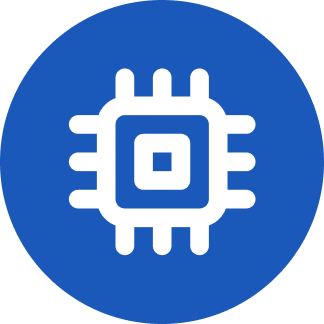No need to ignore history. Older ALGOL versions used several now-Unicode operators. A lot of language support it. You have most of the APL + its dialects (such as BQN), theorem provers like Agda and LEAN 4, functional languages supporting Unicode Preludes like Haskell and PureScript, MATLAB, Mathematica, RPL, Raku, Julia, AppleScript, and of course the TI BASICs. Not to mention ≠ is what is used in general math(s) & handwriting. All this to say, it’s more common than you are leading on.
- 1 Post
- 15 Comments
https://en.m.wikipedia.org/wiki/ALGOL_68
ALGOL 68, mother of all the C-likes, has ≠. There ace quite a few languages support Unicode such as ≠. What is not equals then? Exclamation mark + equals? Forward slash + equals? Tilde + equals? Less than + greater than? Equals + forward slash + equals. What is more clear than all of those aforementioned options from ‘modern programming languages’?
2260 ≠ Not Equal To. Type what you mean, specifically. Your programming language doesn’t support it? Your language is hurting clarity.
Since we are talking about terminals, you are probably talking about abuse of ligatures

 3·4 days ago
3·4 days agoReddit* Undertaker* Mankind*
 8·14 days ago
8·14 days agoMusic from specifically 90 CE would be correct for the namesake, which would be neat.

 1·21 days ago
1·21 days agoThe struggle is real, mang
 1·22 days ago
1·22 days agoIQs*
there’re* Yanks* 🦅

 3·22 days ago
3·22 days agoelitism* pretentious* 🙃
- literally* correct
- it’s* essentially
- That’s why it’s psychoacoustic*, it uses psychology* to fool your brain into thinking it sounds better than it does, literally*.
- that’s* the point
- it’s* a reasonable quality*

 21·22 days ago
21·22 days agoTheir* privacy

 155·23 days ago
155·23 days agoYou’re* effectively spam



APL programmers usually use an APL keyboard layers. Some people use Compose. Vim offers digraphs. Some editors can replace with a macro. Input is a solved issue, but the outputs can often either be more clear for reading either for lack of ambiguity such as the ligatures or in information density as seen especially in the APLs (see a 1975 demo) (hence Chinese writing taking up less paper space being more information dense). The ligatures themselves are still taking up the same physical character space since that is how ligatures operate. I believe the goal here is to achieve something similar with ligatures, except taking an opentype hack instead. If you believe ligatures are more readable, then everyone should be seeing these concocted symbols on any device or font, which Unicode offers without the hacks or ambiguity.